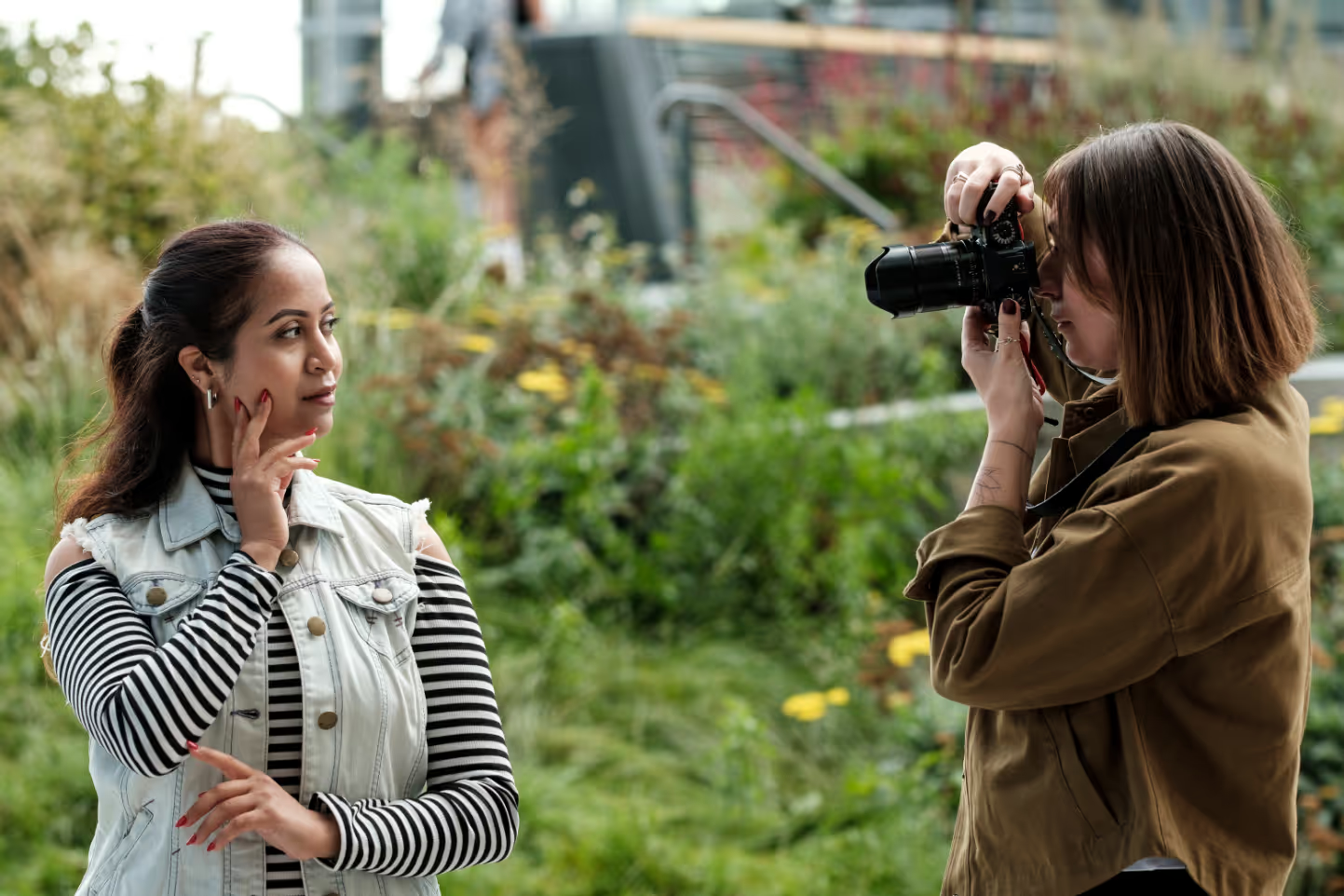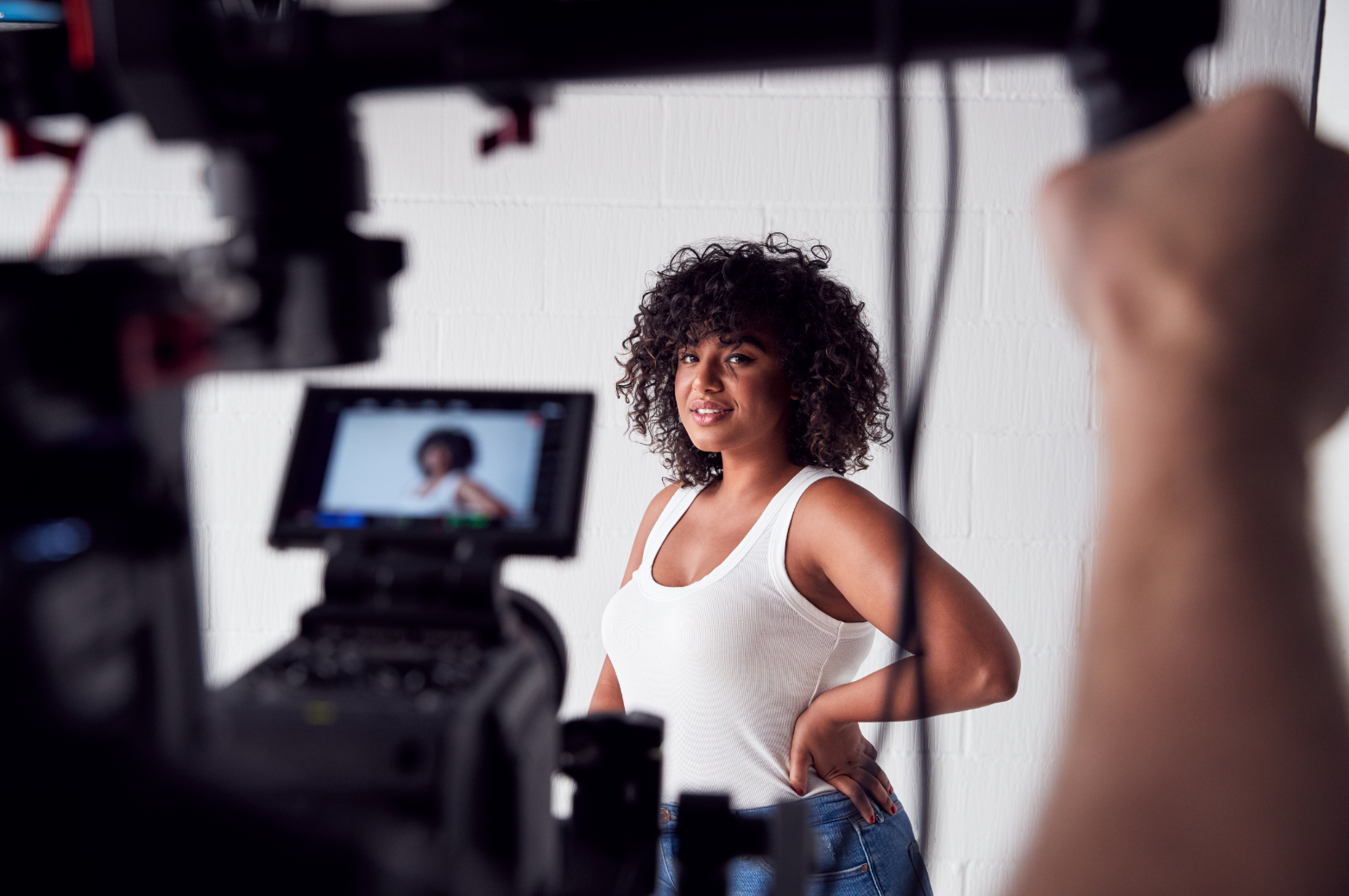Master Pro Cinematography: Elevate Your Visual Story

Welcome, visual storytellers, to a journey into the heart of professional cinematography! In the world of film and video, your camera isn't just a recording device; it's a paintbrush, a narrator, and a conductor orchestrating the audience's emotional response. Mastering pro cinematography isn't merely about owning the latest gear; it's about understanding the subtle yet profound impact of every frame, every light source, and every camera movement. It's about transforming raw footage into a compelling narrative that resonates deeply with your viewers.
Whether you're an aspiring filmmaker, a seasoned videographer looking to refine your craft, or simply passionate about creating visually stunning content, elevating your cinematography skills is paramount. This post will delve into essential techniques and philosophies that distinguish professional visual storytelling, offering actionable insights to help you capture breathtaking images and communicate your vision with unparalleled clarity and impact.
The Language of Light: Sculpting Mood and Narrative
Mastering Illumination for Emotional Resonance
Light is perhaps the single most powerful tool in a cinematographer's arsenal. It doesn't just illuminate a scene; it shapes it, defining textures, creating depth, and most importantly, dictating mood and atmosphere. Professional cinematographers don't just "turn on a light"; they sculpt it, considering its direction, intensity, color temperature, and quality (hard vs. soft). Think about the stark, dramatic shadows in a film noir or the soft, ethereal glow of a romantic comedy – these are deliberate choices that speak volumes without a single word.
To truly elevate your lighting, move beyond basic three-point lighting. Experiment with motivated light sources – imagine a character by a window, or under a streetlamp. Understand how color temperature affects perception: warm tones evoke comfort and intimacy, while cool tones can suggest isolation or mystery. Use practical lights within your scene to add realism and dimension. Always ask yourself: what emotion do I want to evoke, and how can light help me achieve that?
Composition Beyond the Frame: Guiding the Viewer's Eye
Crafting Visually Engaging and Meaningful Frames
Composition is the art of arranging elements within your frame to create a visually appealing and impactful image. While the rule of thirds is a fantastic starting point, professional cinematography pushes far beyond it, using a myriad of techniques to guide the viewer's eye and enhance storytelling. Every element in your frame – actors, props, background – should serve a purpose, either adding to the narrative, creating balance, or drawing attention to a key focal point.
Consider techniques like leading lines, which naturally draw the eye towards your subject, or the use of symmetry and asymmetry to create harmony or tension. Employ depth, not just in focus but through layering elements in the foreground, mid-ground, and background to give your shot a three-dimensional quality. Experiment with negative space to emphasize a subject's isolation or vulnerability, and use natural framing (doorways, windows, branches) to add visual interest and context. Remember, a well-composed shot tells a story even before the action begins.
The Dynamic Dance: Purposeful Camera Movement and Blocking
Infusing Movement with Narrative Intent
Static shots have their place, but purposeful camera movement can inject incredible dynamism and emotional weight into your narrative. A professional cinematographer uses camera movement not just to follow action but to reveal information, build suspense, convey a character's state of mind, or change the viewer's perspective. Think of a slow dolly shot creeping towards a terrified character, or a sweeping crane shot revealing the vastness of a landscape – each movement is deliberate and serves the story.
When planning your camera movements, consider both the camera's path and how your actors (or subjects) will be blocked within the scene. Does the camera track with a character, sharing their journey? Does it pull away, emphasizing their isolation? Smooth, controlled movements are crucial, whether achieved with gimbals, sliders, dollies, or cranes. Practice moves repeatedly, ensuring they are motivated by the story and contribute to the emotional arc of the scene rather than just being visually flashy.
Color Grading: The Final Narrative Polish
Shaping Emotion and Consistency in Post-Production
The journey of a professional image doesn't end when the camera stops rolling; it often takes its most significant aesthetic leap in post-production with color grading. This process goes far beyond simple color correction; it's about establishing the overall look and feel of your film, enhancing its emotional impact, and ensuring visual consistency across all your shots. A skilled colorist can transform raw footage into a cinematic masterpiece, subtly guiding the audience's perception of the story.
Understanding the basics of color psychology is key here. Warm, vibrant colors might be used for scenes of joy or passion, while desaturated blues and greens could convey melancholy or tension. Develop a consistent color palette for your project, a "look" that reinforces your narrative themes. Experiment with different styles – high contrast, low contrast, stylized washes – but always ensure your grading choices serve the story first and foremost. This final polish truly elevates your visuals from mere footage to art.
Conclusion
Mastering pro cinematography is an ongoing journey of learning, experimentation, and refinement. It’s about more than just technical prowess; it’s about developing a keen eye for visual storytelling, understanding the psychology behind every creative choice, and consistently pushing the boundaries of your craft. By dedicating yourself to understanding light, perfecting composition, utilizing purposeful camera movement, and mastering the art of color grading, you can transform your visual stories into truly immersive and unforgettable experiences.
The cinematic world is always evolving, offering new tools and techniques to explore. Keep practicing, keep experimenting, and never stop seeking inspiration. If you're looking to collaborate with professionals who understand the intricate dance of light, movement, and narrative to bring your vision to life, we at FilmBaker are here to help you achieve cinematic excellence. We're passionate about crafting compelling visual stories that resonate. Get in touch with us today to discuss your next project and elevate your visual story!


